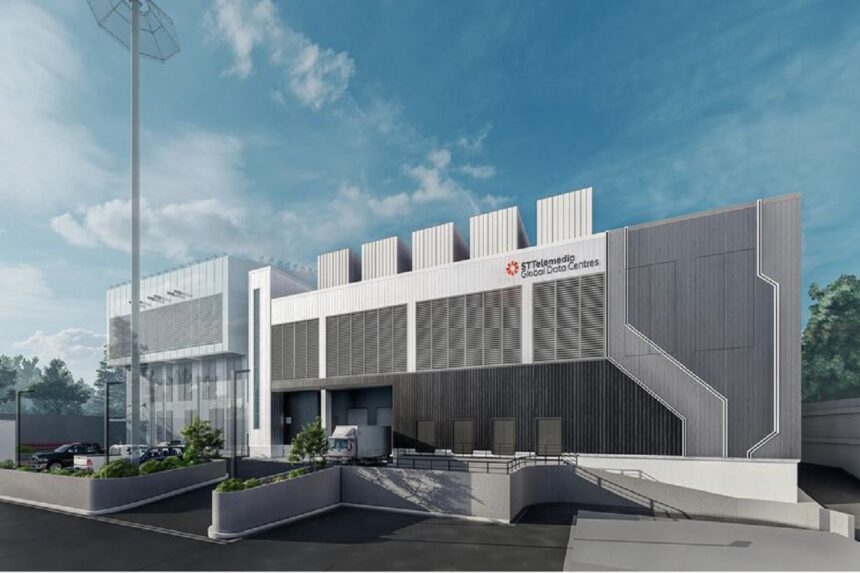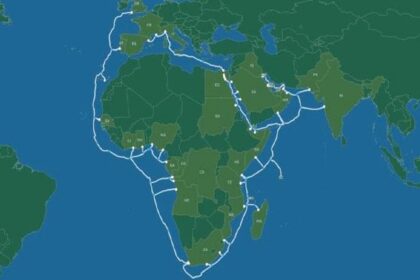The Philippine data center industry is emerging as a key player in Southeast Asia, driven by growing demand from global companies, advancements in digital infrastructure, and government-backed initiatives. With the nation’s strategic location and commitment to innovation, the Philippines is well-positioned to attract investments and solidify its status as a regional hub.
Rising Demand and Industry Growth Drivers
Increased Adoption of 5G Technology
The rollout of 5G technology across the Philippines is a significant catalyst for the data center industry’s growth. According to Leechiu Property Consultants Inc., as of 2024, 482 cities and municipalities are covered by 5G networks, boosting nationwide connectivity and enabling advanced digital services.
AI and Market Expansion Initiatives
Artificial intelligence (AI) and related technologies are transforming industries, creating new opportunities for data processing and storage. Companies are leveraging AI-driven innovations to enhance efficiency and scale their operations, further driving demand for robust data center infrastructure. Leechiu Property Consultants Inc. has emphasized that these trends are pivotal in shaping the sector’s growth.
Government Support and Incentives
The Philippine government has introduced policies to attract foreign investments in the data center sector. Tax incentives, streamlined regulations, and partnerships with private entities have created a favorable business environment for global players.
Data Center Power Capacity: A Snapshot
Current Capacity and Market Leaders
The country’s current data center power capacity is 182.2 megawatts (MW), as reported by Leechiu Property Consultants Inc. Key contributors include:
- ePLDT: Leading with 122 MW.
- Globe Telecom (including the STT-GDX expansion): 35.2 MW.
- Other Providers: Contributing 25 MW collectively.
Future Projections
A development pipeline of 1,364 MW reflects strong investor confidence in the market, according to Leechiu Property Consultants Inc. By 2025, an additional 161 MW is expected to come online, highlighting the sector’s continued expansion.
Regional Distribution of Data Centers
Key Locations
The National Capital Region (NCR) remains the primary hub for data centers, hosting 11 facilities. Other notable locations include:
- Cebu: 3 data centers
- Davao: 2 data centers
- Cavite: 2 data centers
- Laguna: 2 data centers
This geographic spread ensures nationwide coverage and supports regional development.
Internet Usage and Growth Potential
High Internet Penetration
The Philippines ranks third globally in daily internet usage, with an average of 8 hours and 52 minutes. With 86.98 million internet users—73.6% of the population—the country’s digital landscape is vibrant and rapidly expanding, according to Leechiu Property Consultants Inc.
Capacity Per Capita Comparison
Despite the promising growth, the Philippines has the lowest data center capacity per capita in emerging Southeast Asian markets, at 1.53 watts. Comparatively:
- Malaysia: 18.77 watts per capita
- Indonesia: 1.81 watts per capita
- Singapore: A developed market leader with 187.67 watts per capita
This underscores significant growth opportunities for the Philippine data center industry.
Opportunities for Investment
Why the Philippines?
The country’s strategic location, skilled workforce, and competitive operating costs make it an attractive destination for data center investments. Enhanced connectivity through 5G and robust digital infrastructure further strengthen its position as a regional hub.
Potential Challenges
While the industry shows immense promise, challenges such as energy reliability and natural disaster risks must be addressed to ensure sustained growth.
FAQ Section
1. Why is the Philippines becoming a data center hub?
The Philippines is gaining prominence due to rising demand from global players, enhanced 5G connectivity, government incentives, and a growing digital economy.
2. What is the current data center power capacity in the Philippines?
As of 2024, the country’s data center power capacity stands at 182.2 MW, with major contributions from ePLDT, Globe Telecom, and other providers, according to Leechiu Property Consultants Inc.
3. Which regions in the Philippines host the most data centers?
The National Capital Region leads with 11 data centers, followed by Cebu, Davao, Cavite, and Laguna.
4. How does the Philippines’ data center capacity per capita compare to other countries?
At 1.53 watts per capita, the Philippines lags behind regional peers like Malaysia (18.77 watts) and Indonesia (1.81 watts), but this indicates significant growth potential.
5. What are the future projections for the Philippine data center industry?
A development pipeline of 1,364 MW and an additional 161 MW expected by 2025 highlight robust growth prospects, as stated by Leechiu Property Consultants Inc.


















